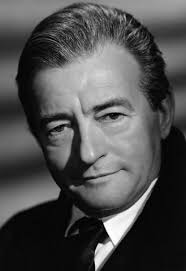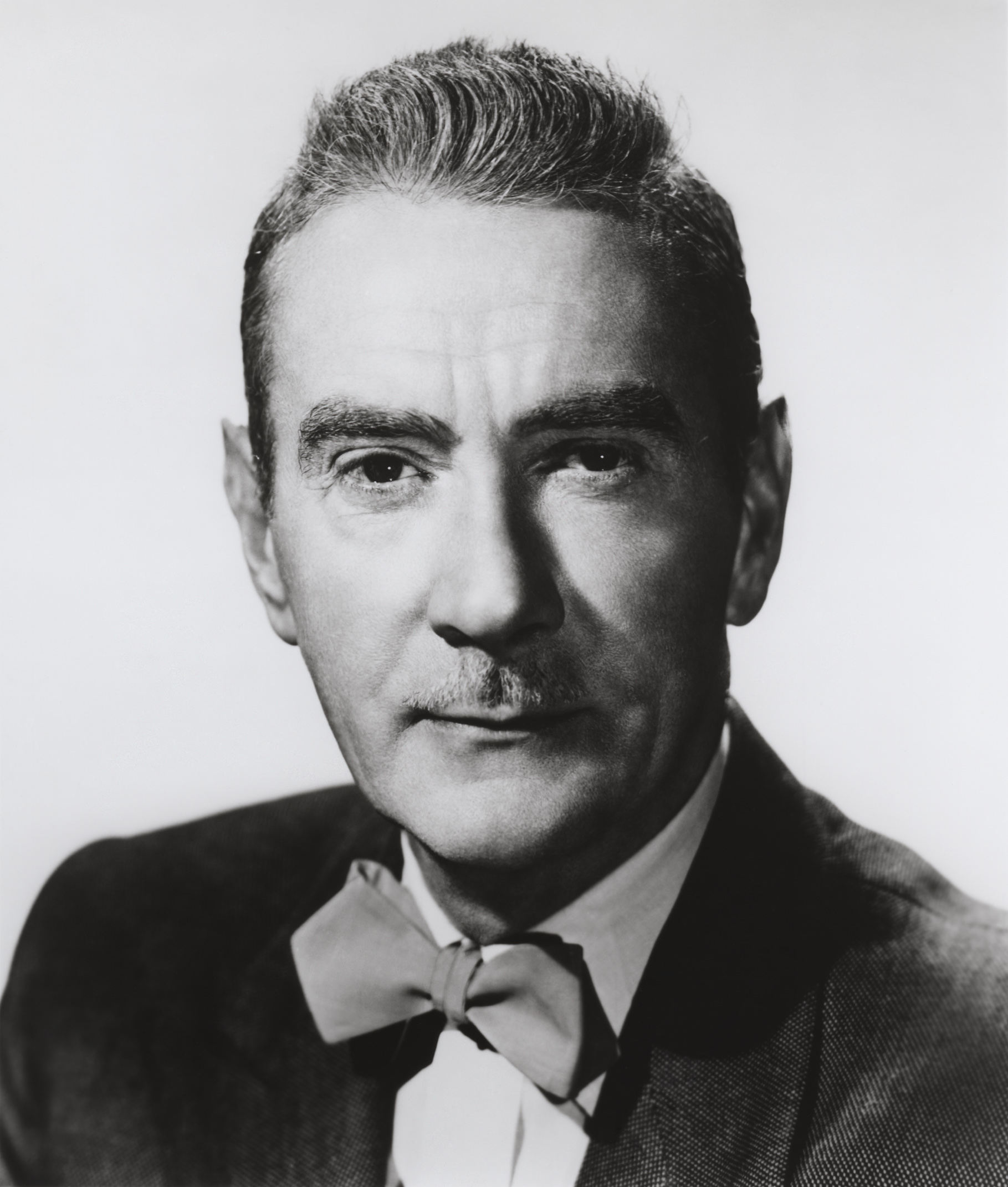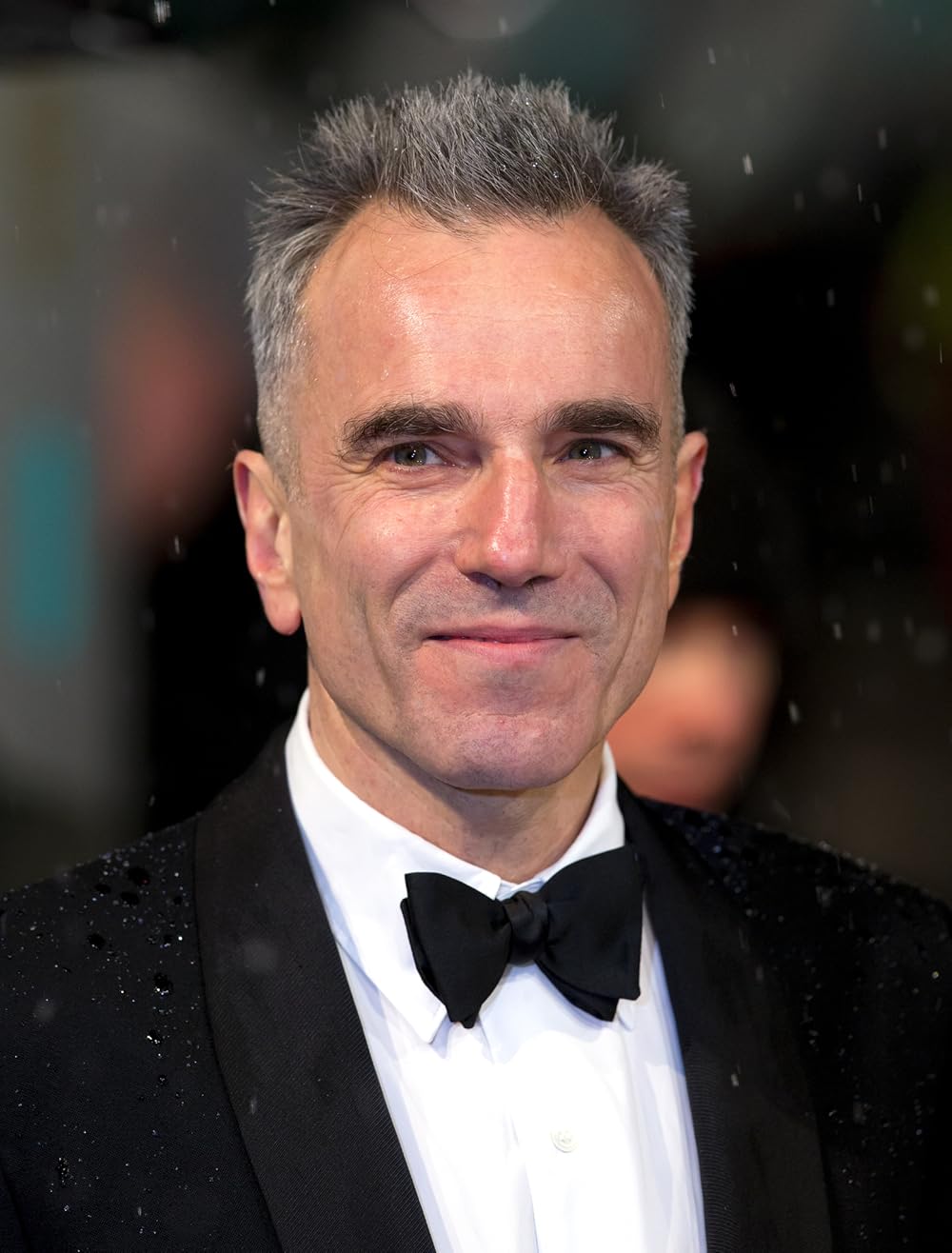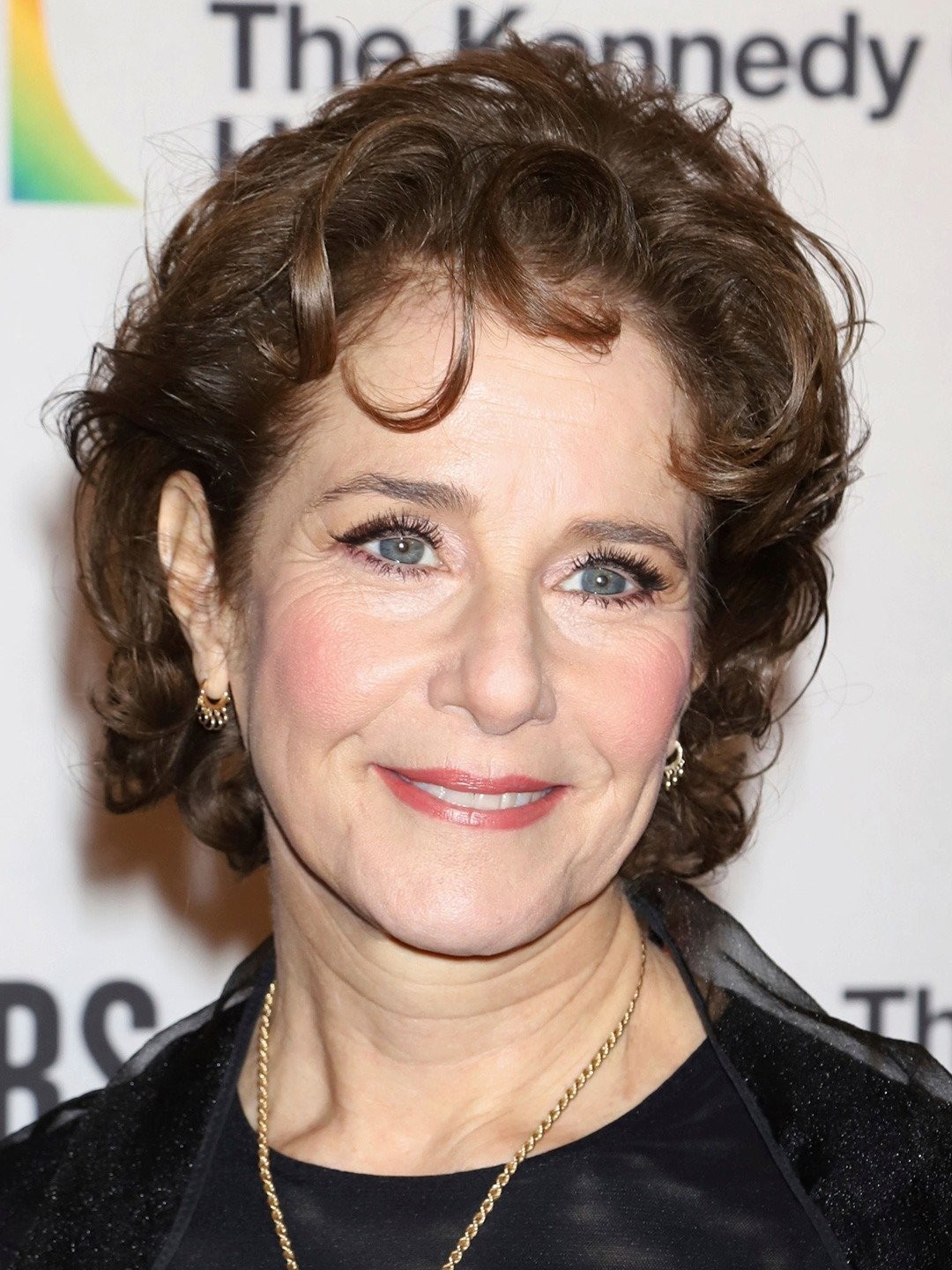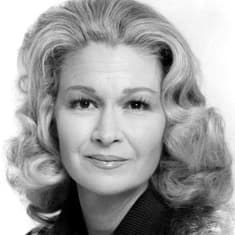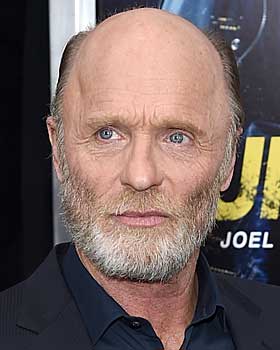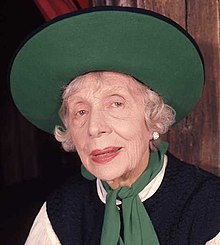Benedict Cumberbatch is a British actor who is inextricably linked with the name Sherlock Holmes. There are dozens of no less curious characters in his filmography, but geniuses and villains remain the most successful roles of Benedict.
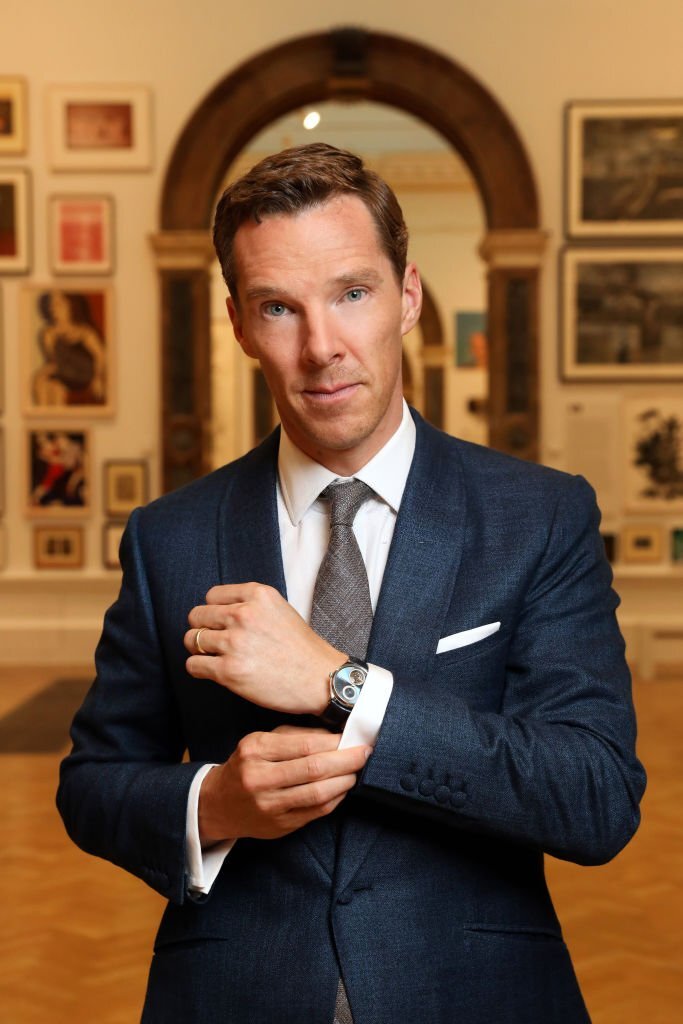
Childhood and family
Benedict Timothy Carlton Cumberbatch was born on July 19, 1976, in the capital of the United Kingdom – London. His parents, Timothy Carlton and Wanda Wrentham were famous television actors, so it is not surprising that the boy was fond of acting from childhood.
Parents paid special attention to the education of their son, and therefore Benedict changed several schools in search of the best one. In one of them – Harrow School – Benedict first appeared on the stage. The debut role of the 13-year-old boy was the fairy queen Titania from the play A Midsummer Night’s Dream. Their parents helped him with advice, and therefore at all further rehearsals and performances, the aspiring actor amazed the audience and teachers with his amazing play.
After leaving school, Benedict traveled to Asian countries and even settled for a year in a Tibetan monastery, where he taught English to monks.
Benedict then returned to England and entered the University of Manchester, where he studied theater for the next four years. After that, he continued to improve his acting skills at the London Academy of Music and Dramatic Arts, where he received a master’s degree in classical acting for professional theater.
First roles of Benedict Cumberbatch
In 2001, the actor began performing on the professional stage. First, he played at the renowned Open Theater in Regent’s Park and then established himself at the Royal Court, Almeida, and the Royal National Theater. His outstanding performance in the play Gedde Gubler earned him his first award – the Laurence Olivier Prize, awarded to Benedict by the London Theater Society.
In 2002, Benedict Cumberbatch first appeared on television with cameo roles in the TV shows Silent Witness, Fields of Gold, and Tipping the Velvet. And the first full-length film with participation of Cumberbatch was the drama To Kill a King with Tim Roth.
In 2003 Benedict Cumberbatch appeared in Hugh Laurie’s project Fortysomething as the son of the main character of the film. The TV show was filmed in the genre of a family comedy, so Benedict’s character was given a lot of screen time. However, the project fell short of expectations and was canceled mid-season.
In 2004, Benedict Cumberbatch played the physicist Stephen Hawking in the autobiographical film Hawking. The role earned him his first popularity, as well as a BAFTA nomination and main prize at the Monte Carlo Television Festival.
In 2005, he appeared before the audience in the adventure series To the Ends of the Earth in the role of the young aristocrat Edmund Talbot.
From that moment on, Benedict Cumberbatch became the star of British TV shows. In 2006, he co-starred with James McAvoy in the youth TV show Starter for 10, then switched to the genre of historical drama in Amazing Grace. In 2007, he had a very interesting experience – in the drama series Inseparable, he played twins with radically different characters. The dystopia The Last Enemy and Small Island, for which Benedict Cumberbatch was nominated for the Sputnik Prize and, again, for the BAFTA, received high marks from both critics and viewers.
The heyday of a film career
Talent and tenacity made Benedict Cumberbatch a star in his homeland, but outside the UK he remained little known. But ahead of him was an audition for a promising new BBC project.
Before the cast began, Mark Gatiss, writer, and lead producer on Sherlock set a strict no-no Hollywood celebrity. Cumberbatch’s video summary interested him greatly, and soon Benedict stood before him in the flesh. Cumberbatch turned out to be the first and last contender for the role of Sherlock – after the casting, he was approved without hesitation.
Ben had to go through some serious pre-filming training. He did yoga and swimming every day to make his body thinner (as the filmmakers asked) and took violin lessons from Australian actress and violinist Eos Chater.
On July 25, 2010, British residents saw a modern version of the adventures of the great detective. Of course, some were unhappy with the remaking of the Conan Doyle universe in a new way, but the vast majority of viewers found the BBC experiment bold, bright and outstanding. The series instantly broke into the top positions of all possible television ratings, and the premiere screenings were eagerly awaited all over the world.
Further career
However, the actor did not have to be bored for a long time – the Sherlock star began to receive offers from prominent directors in the USA and Europe.
In 2012, the first part of the “Hobbit” trilogy was released, where the main antagonist Sauron spoke in the voice of Cumberbatch. In the next part, the dragon Smaug was added to the role of Sauron. Although the character was drawn on a computer, using motion capture technology, the giant lizard received the facial expressions of the actor. That is why Smaug’s face is so reminiscent of Benedict Cumberbatch.
In 2013, Cumberbatch turned villain again in the fantasy blockbuster Star Trek: Retribution. His character named Han Singh falls into the hands of a team of heroes Zachary Quinto and Chris Pine.
In August 2014, the premiere of the biographical film The Imitation Game, dedicated to the genius cryptologist Alan Turing, took place. The film received eight Oscar nominations.
Benedict Cumberbatch and Keira Knightley were nominated for Best Actor and Best Supporting Actress, respectively. And although both actors lost, the picture won the Best Adapted Screenplay nomination and became one of the main events in the world of cinema in 2014.


